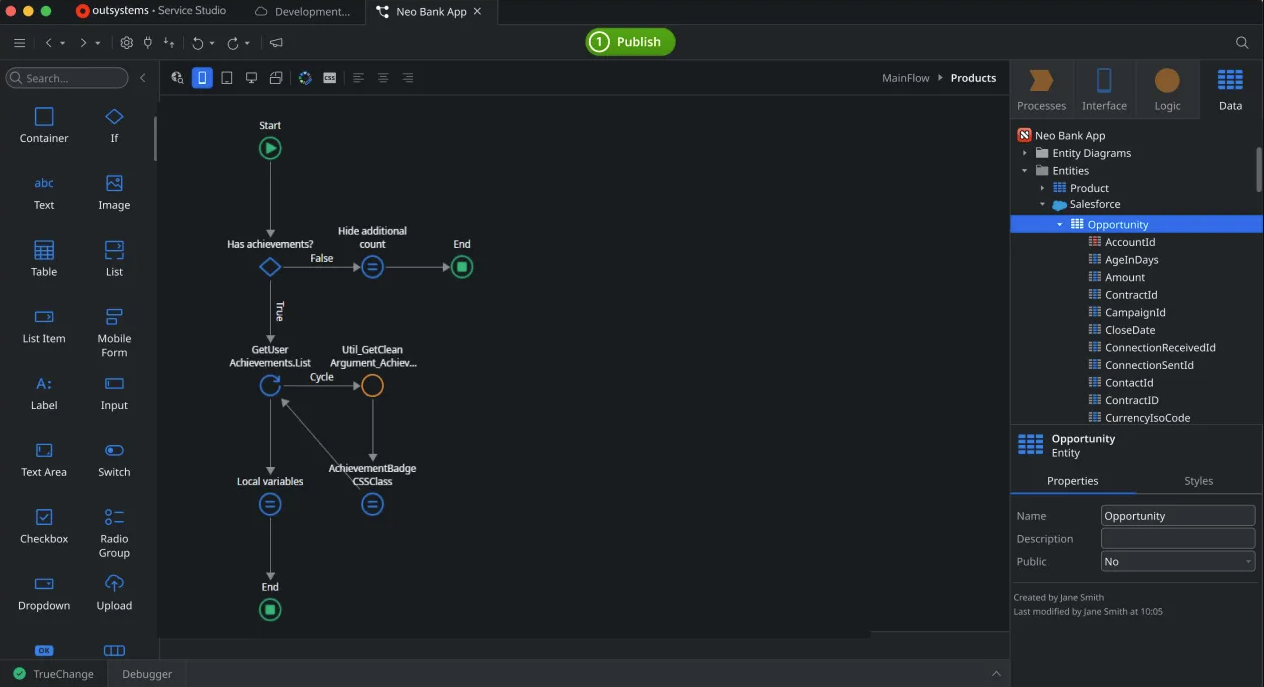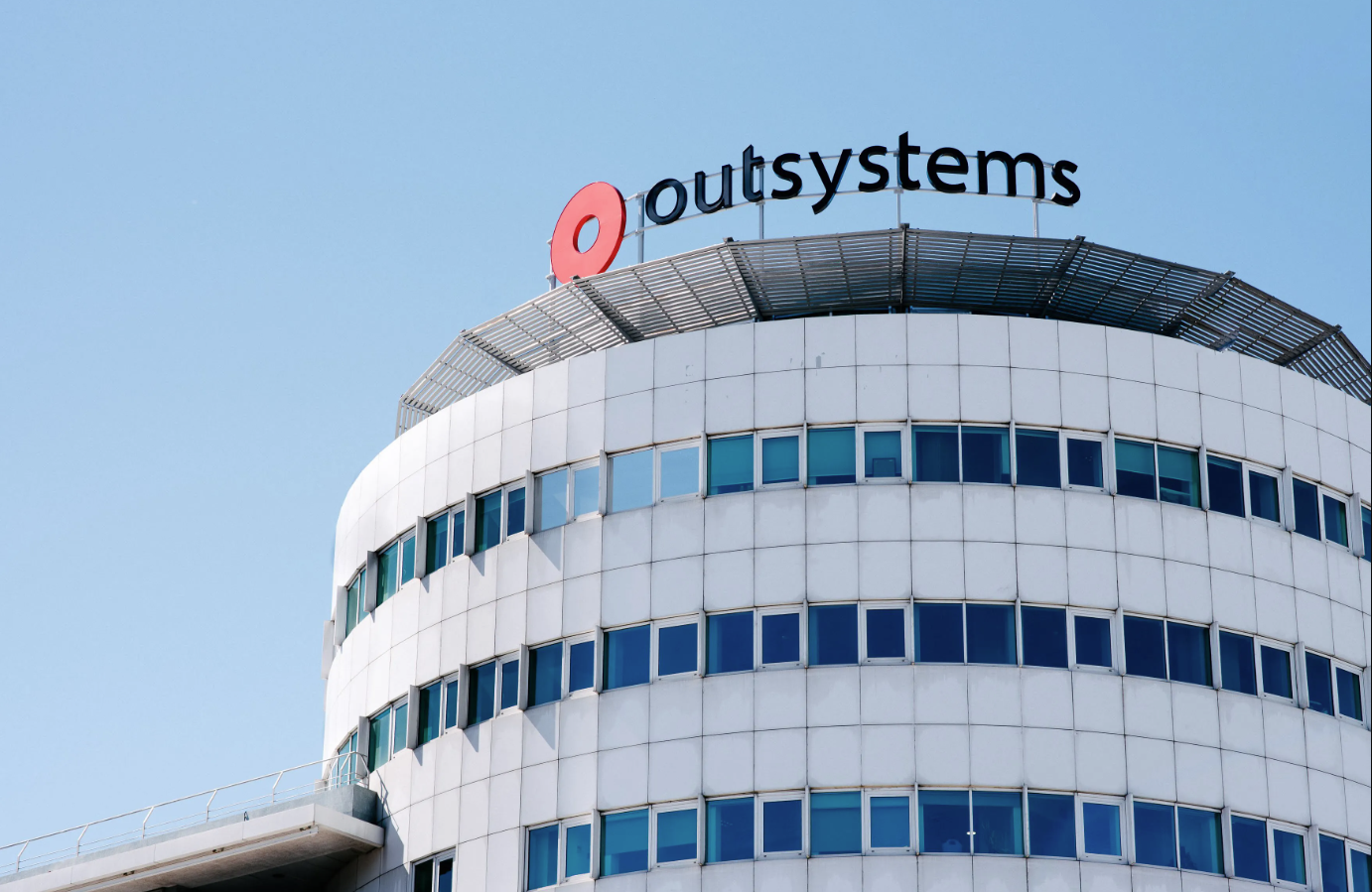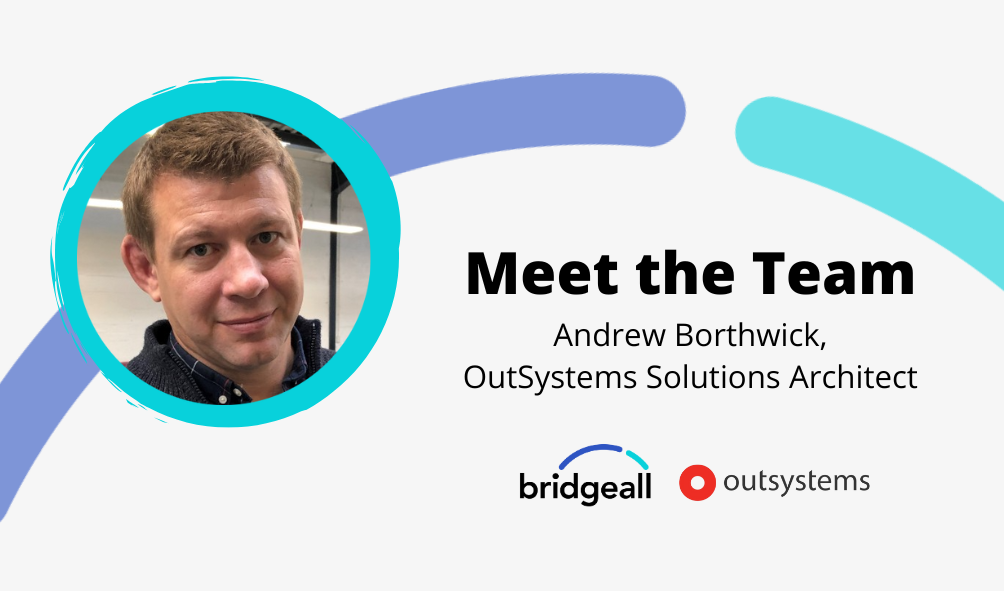When it comes to accelerating your digital transformation journey, OutSystems is a platform we believe is worth a strategic investment. Not just your regular form builder app, the platform is a full enterprise solution that should be evaluated with buy in from stakeholders/users to ensure it is the right solution for you.
Here’s how we’d think about deciding whether OutSystems is the right option for you and maximising your return.
As a company, where do you need custom code?
Most companies have a set of core applications for finance, HR, and even CRM and ERP systems and they have their own unique DNA in terms of processes, language and approvals/delegations which means none of those apps are perfect out-of-the-box.
Even recent custom enhancements can be tightly bound to an off-the-shelf product, or they can be independently built hosted, and supported on their own platform. This means there is a sweet spot for every company where a series of projects could be foreseen that would drive business value in the short to medium term. Having a sense of “where could we use this tool” can help with the program cost conversations later down the line.
Note this may be initially one big project – but in the end, the best value comes when you deliver many projects on the same platform, over the license duration.
Explore the tools and alternatives
There are hundreds of ways to build solutions these days – we’d always recommend looking around your current estate, looking at analyst reports, and figuring out what you’re comfortable with, and what you’re intrigued by. Then allocate some time from a technical resource to go through a quick onboarding and build some small apps for comparison.
From there you can figure out your short list – are you convinced by low-code and need to choose a platform? Or are you in between architecture patterns and need to decide if it’s custom code or low code? In our experience there is always something that can be eliminated, rather than leaving all options on the table as long as possible.
Determine a test scenario for comparison and deeper analysis – a real problem or a sample setup that can how the differences between approaches. What factors will make the most difference to your long-term success, and how can you differentiate the options?
At this stage, a senior CTO or enterprise architect can help guide internally as well – where might a low-code platform fit in your tech stack, and where else could that help address other needs in the coming years?
Run a proof of concept
This is normally a trial of the software and approach – it doesn’t have to build an exact solution to a problem you have. If you don’t have capacity, you can use sales / development partners if needed. It shouldn’t be longer than a week or two to make some meaningful progress. You can easily sign up for a demo here and see how the platform works. But remember, always bring the solution, quality, and efficiency back to the core scenario described above.

Get started
Once you select a platform, negotiate licensing, and confirm the install – you’ll need to get the team on board. Often in the first couple of projects it’s useful to bring in some external help – either direct contractors or friendly partners.
On OutSystems, teams normally start with a tech lead and some developers – and can grow to full scrum teams with scrum master, product owner, business analyst, testing, and support representation – especially if the solution has a critical scope / time / quality date to hit. Project managers, architects, and specific skills like UX design, integration architecture, and DevOps can be useful as well, depending on the context.
Regardless of the first project, all customers benefit from having some skills internally, so identify and allocate the right people to help with the first project and pick up the technology on the job. Evaluate for re-use and expansion as you go – think about building business capabilities to be assembled rather than lots of standalone applications. You’ll want to move quickly onto the second and third project to see full value from the platform as fast as possible.
Build your Centre of Excellence
It’s worth thinking early about how you’ll support your applications. Typically, low-code has less genuine bugs, but more change requests, as the customer usage increases.
Initially the project team will support their own applications, but that quickly becomes a burden on new project development. Separating “build” and “run” teams – and looking at how they work together for standards and handovers – can make sense early, to grow the skills needed in the right parts of the operation.
A PMO structure to take projects from ideation to architecture, procurement, and execution also becomes important as the platform starts to gain traction.
Some measure of comparison – how long would other approaches have taken and how much value has been delivered – are useful when looking at the business value justification of the tool set.
It can take time but it’s worth thinking about the long-term picture when looking at investing in a low-code tool like OutSystems to help you on your journey. It’s specifically not priced to be a one project solution, so we recommend taking a look at how you build your backlog of work and what options are available to get through it faster. Want to find out more about OutSystems? Contact our team who can help.




